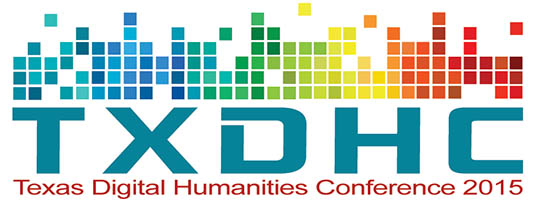Document Type
Presentation
Abstract
Since the creation of 18thConnect in 2010, our team has striven to answer what we see as a prevailing research question in the study of 18th-Century materials online. Scholarship based on 18th-Century digital collections can be difficult and time-consuming due to the generally poor nature of the transcriptions powering the user searches of these archives. While scholars who seek out specific authors and texts in these digital archives are usually successful, a reliable full text search of the 18th-Century archive could reveal a better understanding of our historical and rhetorical heritage. As a proof-of-concept investigation, 18thConnect created TypeWright, a tool that allowed users to correct the poor computer generated (via Optical Character Recognition [OCR] engines) output for 18th-Century print documents. TypeWright makes correction easy via an intuitive interface, harnesses the power of the crowd by allowing multiple correctors of a document at once, and ensures availability by storing and displaying corrections online. Importantly, our contracts with data providers have enabled us to offer completely corrected transcriptions to users interested in using the text for future digital work. Even more importantly, the corrected text is returned to these data providers and our 18thConnect search interface to enhance the searchability of these historical documents. In the past year, the 18thConnect and TypeWright team has seen an increased interest in using this tool in humanities classrooms and liberal arts programs around the world. Interestingly, these lessons and programs are using the TypeWright tool to teach diverse lessons ranging from a focus on service learning to technical encoding skills, digital edition building to research and search practices. This poster will illuminate the diverse ways that TypeWright can play a part in the classroom, while highlighting new developments added to the tool to cultivate each of these different use cases. Some of these developments include, but are not limited to: documentation on the 18thConnect help pages that provides resources for using TypeWright in the classroom; the addition of the Early English Books Online (EEBO) database and other content to the TypeWright-enabled documents in 18thConnect; the addition of a new tool, the Aletheia Web Layout Editor (AWL Editor) to the correction workflow to allow the tagging and encoding of marginalia and paratextual information; the possibility of working more collaboratively with a large team of editors with the new Live Edit mode.
Disciplines
Arts and Humanities | Digital Humanities
Publication Date
4-10-2015
Language
English
License

This work is licensed under a Creative Commons Attribution-NonCommercial-Share Alike 4.0 International License.
Recommended Citation
Grumbach, Elizabeth, "TypeWright in the Classroom: Service Learning, Digital Edition Building, and Fostering Student Collaboration" (2015). Texas Digital Humanities Conference 2015. 24.
https://mavmatrix.uta.edu/digitalhumanities_conf2015/24

